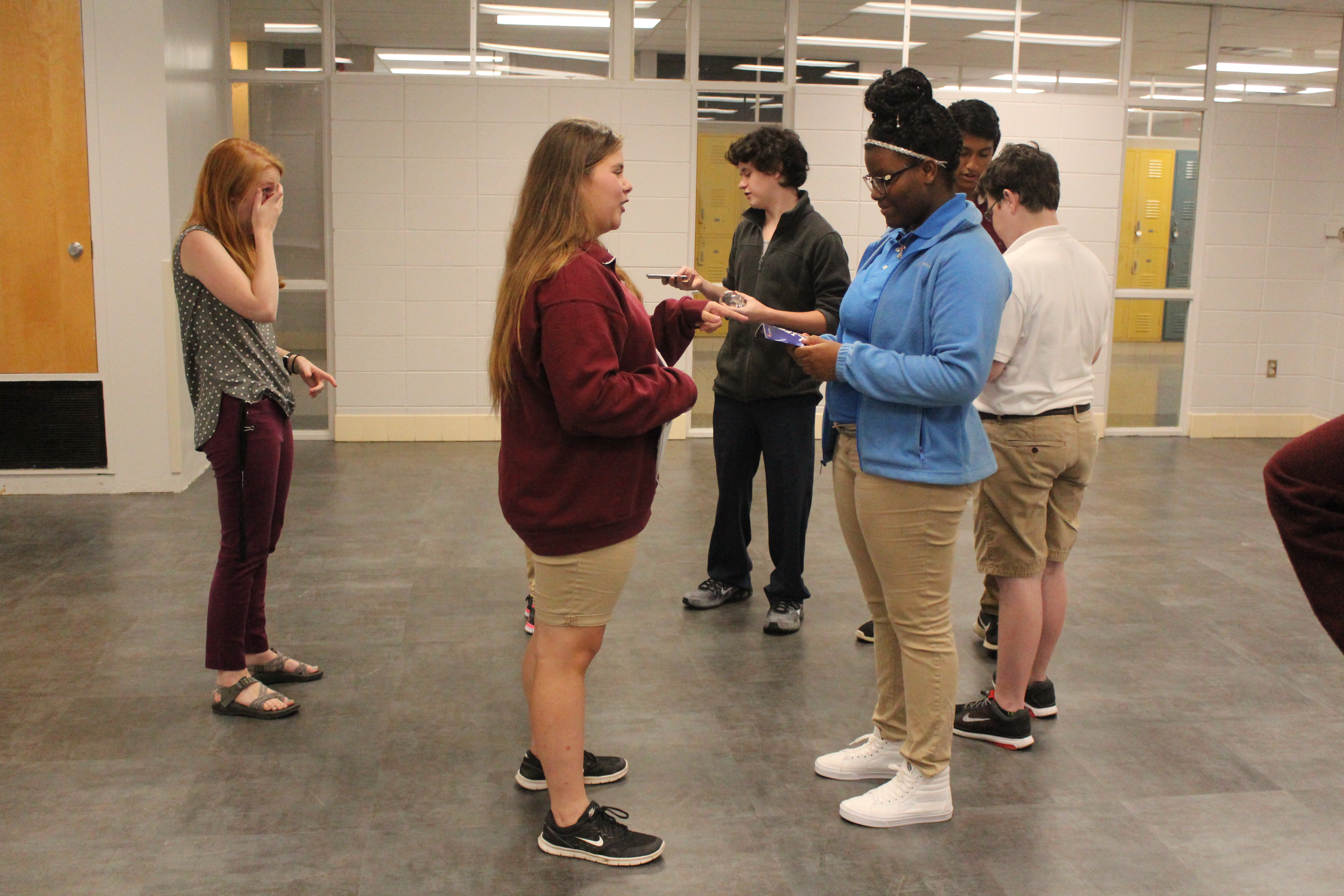TRANSFORMATIONAL LEADERSHIP
SYSTEMS
WHY IS THIS CRITICAL?
School systems are complex. Systems-thinking enables proactive examination of the parts within the whole, as well as the linkages and interconnections between the parts that compose the entirety of the system. Systems-thinking is essential to the growth of an organization. It creates a new culture within the school system. This type of thinking improves the odds that change will occur within a system and that the change will be sustainable. When individuals have a better understanding of the complexity of the school system, they are able to identify the leverage points that lead to desired outcomes. Making the systems visible to stakeholders increases the transparency of intended and unintended consequences of change. When stakeholders share in informing decisions, it creates a feedback loop that is vital to the sustainability of innovative practices.
IN WHAT WAYS MIGHT SYSTEMS THINKING INCREASE THE LIKELIHOOD OF SUSTAINING and SCALING Innovation?

Self-reflection Guide
-
FOUNDATIONAL
The learning community, as it exists, begins to recognize student-focused learning systems are a complex expression of how the educational system is conceptualized when learners are at the center. HRSC Conversations among staff are emerging to address a broader definition of success for learners and how to involve stakeholders in this effort. Planning for professional development is evident, but it may not be clear how different focus areas for development are connected to the broader system that supports student-focused learning. Communication efforts may be intended to reach all stakeholders and provide for two-way communication, but there are gaps in the system that are barriers to inclusive communication. Some systems are in place to support student-focused learning but ownership and efficiency are not pervasive and interconnections may be unrecognized and creating challenges. HRSC Teachers, students, staff and parents are beginning to have access to systems for collaborative decision making.
-
DEVELOPING
The school leadership team begins to explore systems thinking and learning the role of systems thinking in leadership. Evidence of systems-thinking exists in strategic planning. Interdependencies within and among systems begin to be recognized and addressed to leverage transformation. A system for collaboration--structures, routines, and strategies for collaboration are developing by enlarging the learning community to include staff members and the school community in collaborative activities. Staff participate in meaningful dialogue and reflection on the state of the current system and how each part contributes to student success.
-
SUSTAINING
HRSC The school's strategic plan is ambitious and achievable--reflecting the vision for the future and anchored in the context of the current needs as assessed within the local cycle of inquiry for improvement. The plan is focused on a limited number of strategic, high priority goals each year that reflect the needs as learned from the local cycle of inquiry. A theory of action is evident in the logical connection between planned actions and strategies and the short- and long-term outcomes and impact. HRSC Planning is coherent across systems and driven by multiple measures to inform different levels of the systems: student level data, qualitative and quantitative data, and community demographics and needs. Systems of communication, professional development, and decision-making provide a transparent view of the student-focused learning system as a whole. Collaboration within and across systems ensures alignment and accountability to the vision and mission of the school and district. Professional development is systemically connected to short-term and long-term outcomes. Teachers, students, staff and community members view themselves as a community of learners and understand the big picture of the school system and interconnections between the parts.
What might I consider?
- What conversations are necessary for our school to truly accomplish the task of preparing all students for the complex future that awaits them?
- In what ways will a systems-thinking mindset influence taking innovations to scale and increasing the likelihood of sustainability?
Where might I start?
Engage your team in a self-reflection on the critical attribute: Systems Thinking.
Explore Systems Thinking Transformational LeadershipUsed with permission. From Handbook for High Reliability Schools™: The Next Step in School Reform by Robert J. Marzano, Philip B. Warrick, and Julia A. Simms. Copyright 2014 by Marzano Research, 555 North Morton Street, Bloomington, IN 47404, 800.733.6786, www.marzanoresearch.com
